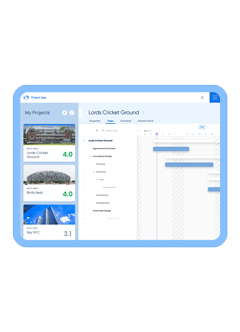Let’s face it, there are countless articles in print and cyberspace that gives insight to the growing concern of tenure and turn-over. So, what really motivates employees to stay?
Companies are adopting and promoting their extrinsic rewards as a reason to ‘work here’. Great pay, great healthcare, flexible spending accounts. Some companies have expanded their offerings to perks like gourmet meals, endless snacks, and on-site baristas. The package of extrinsic tangible rewards are appreciable motivators.
However, even with such great extrinsic motivators, companies like Google are still experiencing a high level of turnover. A survey on employee tenure for the companies on the Fortune 500 list showed Google at number 462 with an average tenure of 1.1 years. On the other side, an article in Business Management Daily featured Synergis Technologies and its 108 employees have been with the organization for an average of 10 years. What’s the secret ingredient in Synergis’ secret sauce? The company’s core value mantra includes innovation. Employee innovation that is. The intangible intrinsic motivation of creative contribution is what makes it a bit harder to part ways.
Who moved the cheese?
Years ago when industrialization had taken the world by storm, work was primarily routine and guided by policy and procedure. Under that model, the extrinsic reward system were the motivators of the times. Today’s workforce is asked to employ critical thinking and problem solving in their daily tasks. These scenarios are not easily definable in a written manual. The freedom to express one’s creativity – that will in turn catapult the company in the marketplace – is a healthy, highly rewarding intrinsic motivator.
With this change in landscape, it is imperative to see that extrinsic and intrinsic motivations are dually important in achieving successful employee engagement.
Who’s on first?
Reading from a tattered corporate playbook, Human Resources is usually the kicker pulled off the bench to score the extra three points that scores the win for employee engagement. Though excellent in developing the extrinsic reward program, are they the best players to develop the intrinsic motivators required to keep employees engaged? Reviewing several companies studying the other side of the coin, they decided the answer is no. While invested in providing the talent for the company, they’re not necessarily engaged in the intricate details of the delivered product. The group that has come to the rescue is marketing.
The marketing team is responsible for understanding what your customer needs, and why you and your product are the best choice to fulfill. Creating a two-way branding schema strengthens the allure of the company’s brand to both the receiver and deliverer.
Do your employees really know what you do?
Quality Bicycle Products, a Minneapolis company dedicated to bringing innovative ideas to the biking community understood that it was important to align the internal and external messaging of its values. To foster the idea that we need to change our environmental footprint to its 185 employees, QBP offers a $2 per day credit to employees living within ten miles who choose to bike, bus or carpool to work. The marketing of an eco-friendly alternative to transportation was also marketed internally. Employees now feel that they are the greatest contributors to the company’s sustainability endeavors.
Nike is best known the slogan ‘Just Do It’. Consuming their brand gives you the power to persevere. Whether you’re a cashier or an engineer, your intrinsic motivation to deliver that message is conveyed through corporate storytellers that act as internal marketers. Its rich heritage is conveyed through the stories of how Coach Bowerman created better running shoes for his team by pouring rubber into the family waffle iron, and that was the birthplace of the iconic Nike waffle sole. These stories of innovation provide archetypes that employees can pull from to create their own motivation toward greatness.
These are just a few. Others like Starbucks, Disney, and IBM have great stories around creating intrinsic motivation by including the external branding to the internal teams.
Creating a Success Story
Balancing the two motivators is really about timing. Intrinsic motivation is inspired, not taught. During the onboarding, introducing your product to your employee as you would your customer excites the intrinsic mind to work toward achieving a purpose. Continual sensory feeding is necessary to reignite the motivated employee. As you change your branding strategy are your employees engaged? Are they invested in the latest and the greatest that the outside world sees? When logos change and branding changes, are the employees also engaged in experiencing the change? Are you taking full advantage of your extrinsic and intrinsic reward system to create the best employee experience?










